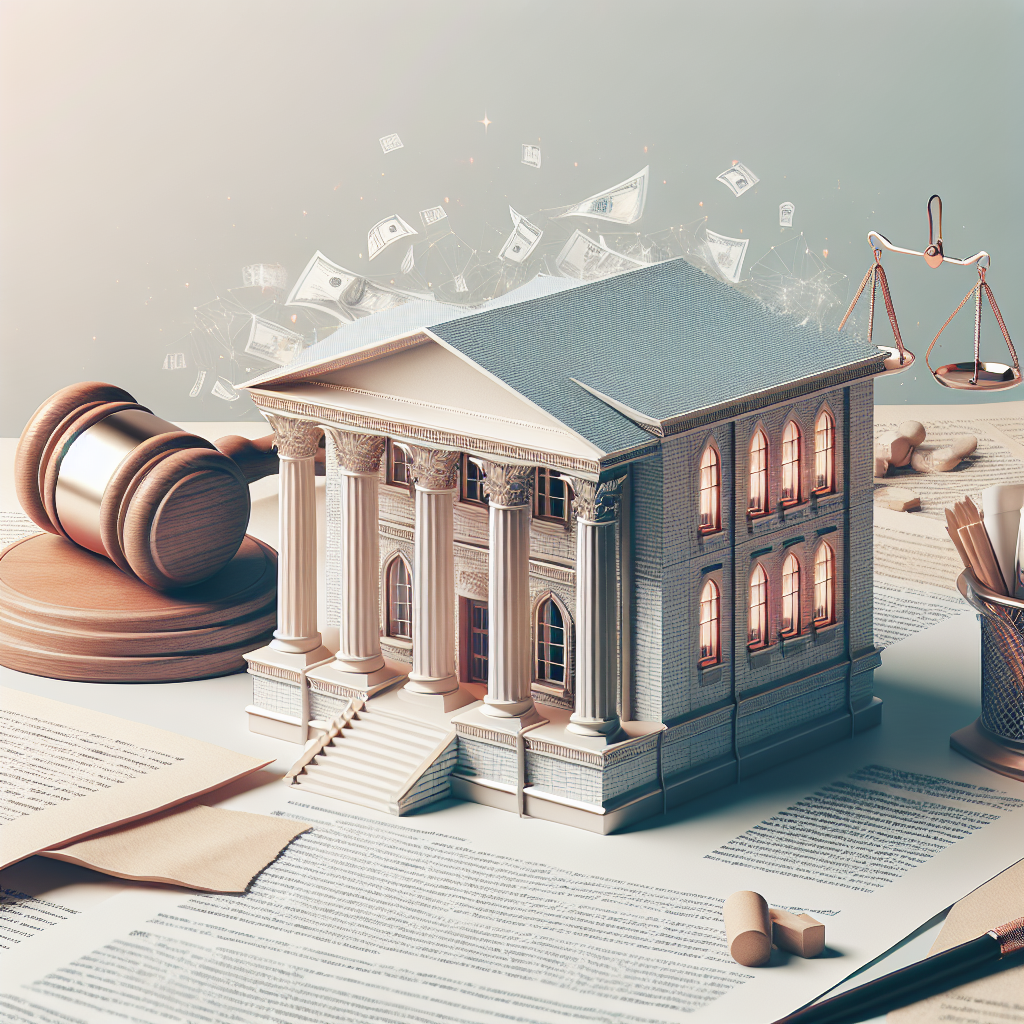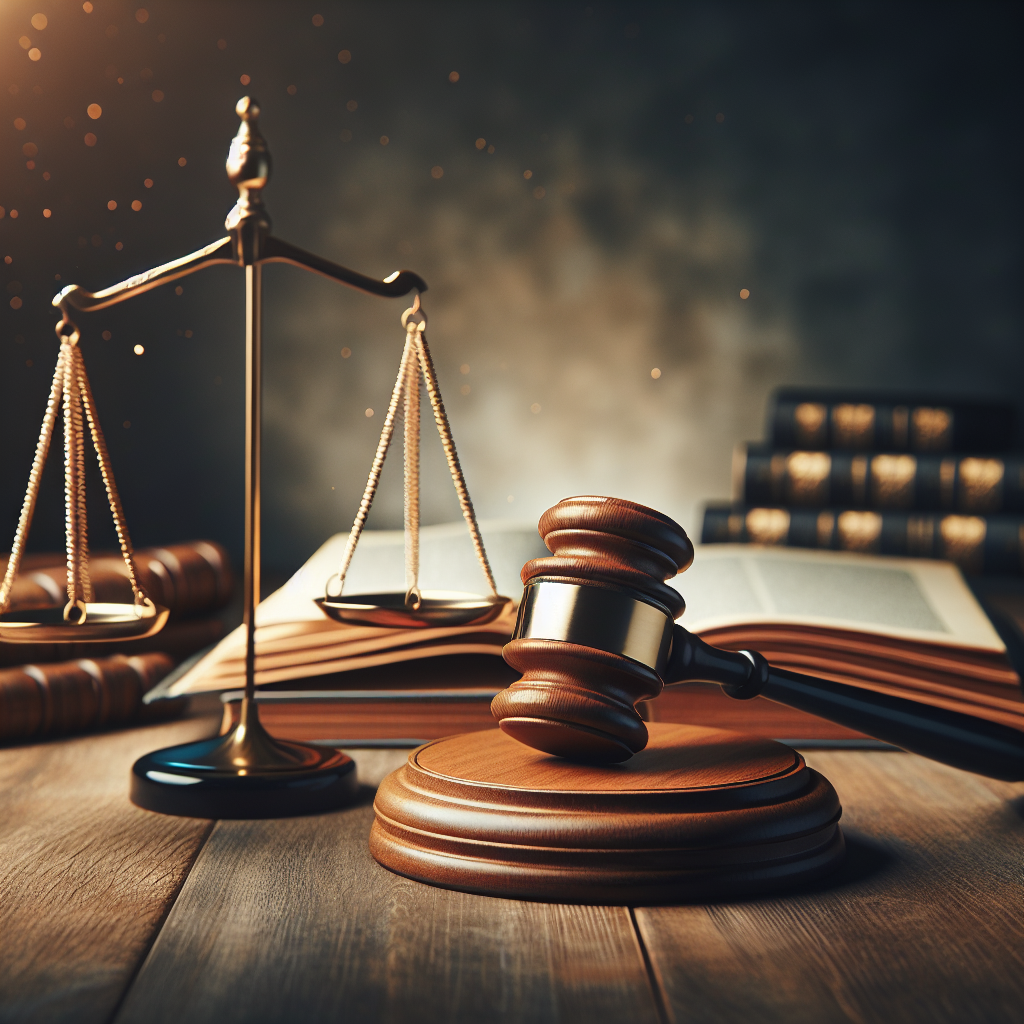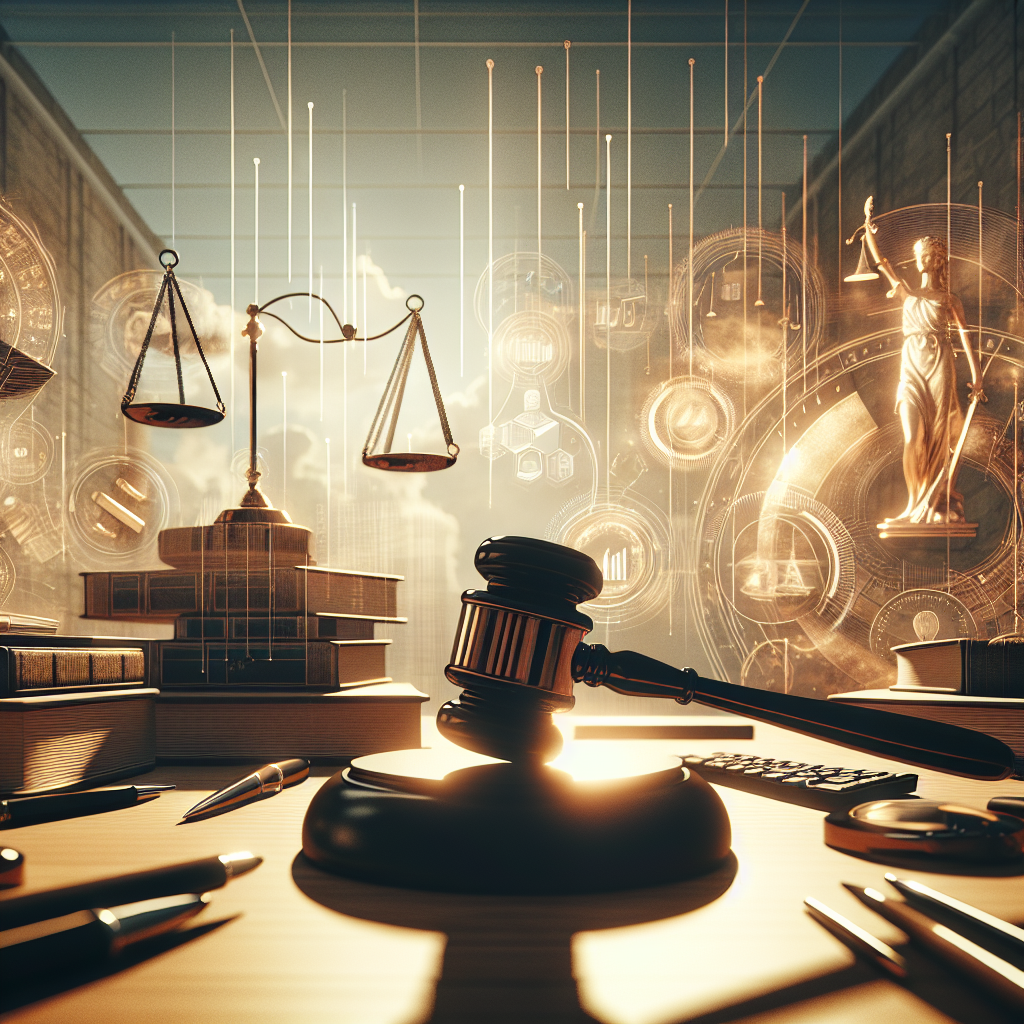On November 25, 2020, the Supreme Court issued a late-night order that blocked the enforcement of New York’s attendance restrictions for houses of worship during the COVID-19 pandemic. This decision highlighted the Court’s ongoing engagement with issues surrounding religious freedoms and governmental regulations, particularly in the context of public health. As Thanksgiving approaches, it is pertinent to reflect on how the Court has historically interacted with the holiday’s significance and the broader implications for church-state relations.
SCOTUS Quick Hits
In the latest updates from the Supreme Court, several notable cases are currently under consideration, including those that touch on fundamental rights and state powers. The upcoming decisions could have lasting impacts on various aspects of American law, particularly regarding civil rights and public policy. For instance, the texas redistricting challenge is drawing attention for its implications on electoral fairness and representation.
A Closer Look at Thanksgiving and the Supreme Court
While the Supreme Court has never directly ruled on the specifics of Thanksgiving celebrations, its decisions have often touched upon the holiday’s religious dimensions. The Court’s engagement with Thanksgiving primarily revolves around the First Amendment’s establishment clause, which addresses the separation of church and state. Over the years, justices have debated whether public expressions of faith during the holiday represent an unlawful endorsement of religion.
In landmark cases such as Zorach v. Clauson (1952), the Court utilized Thanksgiving as an example of acceptable church-state entanglement. Justice William O. Douglas, writing for the majority, argued that the official recognition of Thanksgiving, despite its religious undertones, did not violate the First Amendment. This precedent established that some level of interaction between government and religion could be permissible.
- Thanksgiving’s historical context in American society
- Influence of religious practices on public holidays
- Judicial interpretations of the establishment clause
Recent Cases and Their Implications
As the Court continues to navigate complex issues surrounding religious freedoms, it remains essential to monitor cases that may redefine the relationship between government and religion. The ongoing birthright citizenship case is one such example, as it raises critical questions about citizenship rights and their intersection with religious and ethnic identities.
In conclusion, the Supreme Court’s historical engagement with Thanksgiving provides insight into how religious freedoms are interpreted within the broader framework of American law. As we approach the holiday, it is crucial to remain aware of the legal precedents that shape our understanding of church-state relations and the fundamental rights that are continuously being tested in the courtroom.

On this day, November 25, the Supreme Court has a history of making impactful decisions that resonate through various aspects of American law and society. The court’s rulings often reflect broader themes, such as the balance between individual rights and governmental powers, especially in matters concerning public health and religious freedoms. As we delve into some significant cases and themes surrounding this date, we will explore the court’s influence on contemporary issues.
Significant Supreme Court Decisions on November 25
One notable decision made by the Supreme Court on November 25 occurred in 2020, when the court intervened in a matter concerning new york's attendance restrictions on houses of worship during the COVID-19 pandemic. The late-night order blocked enforcement of these restrictions just hours before Thanksgiving, highlighting the court’s ongoing role in adjudicating cases where public health measures intersect with religious liberties. This decision underscored the court’s willingness to protect constitutional rights, even in times of crisis.
The Role of Thanksgiving in Legal Contexts
The Supreme Court has historically examined the implications of Thanksgiving beyond its cultural significance. For instance, the holiday has been utilized in various cases to discuss the establishment clause of the First Amendment. In these discussions, Thanksgiving serves as a pivotal example of how government and religious expressions can coexist without violating constitutional mandates. The debates surrounding this holiday often involve interpretations of the Founding Fathers’ intentions and the nature of American society.
A key case that illustrates this point is Zorach v. Clauson (1952), where the court ruled that the allowance for students to leave school for religious instruction did not infringe upon the separation of church and state. Justice William O. Douglas argued that Thanksgiving’s recognition as a national holiday demonstrates that such entanglements can be permissible under the First Amendment. This reasoning provides a framework for understanding how religious observances can be integrated into public life without breaching constitutional boundaries.

Modern Implications of Thanksgiving Decisions
As we consider the modern implications of these judicial interpretations, it is essential to recognize how they affect current debates around religious expression in public spaces. The Supreme Court’s decisions often serve as precedents that shape ongoing discussions about the role of faith in government settings. Furthermore, as seen in cases like recent voting rights cases, the court continues to grapple with the balance of individual freedoms and governmental authority.
The interplay between Thanksgiving and legal principles also invites scrutiny regarding how cultural traditions can influence judicial outcomes. As the court reflects on these matters, the decisions made on this day in history remind us of the ongoing evolution of constitutional interpretation and its impact on American society. The legacy of such rulings will undoubtedly influence future cases as new challenges arise in the ever-changing landscape of law and public policy.
As the Supreme Court navigates the complexities of law and society, its decisions often intersect with cultural milestones, including national holidays. This week, as the nation reflects on Thanksgiving, the court’s past rulings related to the holiday provide a lens through which to examine the interplay between law and religion. The historical context of these decisions sheds light on how the court has approached issues surrounding the First Amendment and the establishment clause.
The Supreme Court’s Engagement with Thanksgiving
The Supreme Court has not explicitly ruled on the celebration of Thanksgiving itself, but it has addressed the holiday’s implications within the framework of the First Amendment. Notably, in the landmark case of Zorach v. Clauson, the court examined the extent to which religious observance can coexist with state functions. Justice William O. Douglas articulated that the acknowledgment of Thanksgiving as a national holiday does not contravene the principle of church-state separation. This perspective suggests that the government can recognize religious holidays without endorsing a particular faith, thus allowing for a nuanced interpretation of the establishment clause.

In a similar vein, the 1984 case of Lynch v. Donnelly further illustrates the court’s stance on religious symbols in public spaces during the holiday season. Chief Justice Warren Burger noted that the inclusion of nativity scenes in public displays does not inherently violate the First Amendment, as long as they are part of a broader festive context that reflects the cultural heritage of the community. The court’s decisions in these cases highlight the delicate balance that must be maintained between respecting religious traditions and upholding secular governance.
Recent Developments and Their Implications
More recently, the Supreme Court has tackled issues related to religious freedoms in the context of public health crises. On November 25, 2020, the court issued a significant ruling that blocked New York’s attendance restrictions on houses of worship during the COVID-19 pandemic. This ruling underscored the court’s commitment to protecting religious practices, even amid extraordinary circumstances. The decision reflects an ongoing dialogue about how to reconcile public health measures with the right to freely exercise religion.
As the court continues to address cases that intersect with religious observance, it is essential to consider how these rulings may shape future interpretations of the First Amendment. The implications of such decisions resonate not only within legal circles but also among the general public, particularly during significant cultural moments like Thanksgiving. For those interested in exploring the supreme court opinions related to these matters, the evolving landscape of law and religion remains a critical area of observation.
In conclusion, the Supreme Court’s rulings related to Thanksgiving and religious expression serve as a reminder of the complex relationship between law and cultural practices. As society continues to navigate these challenges, the court’s interpretations will undoubtedly influence how religious freedoms are exercised in the public sphere, especially during moments of national significance.